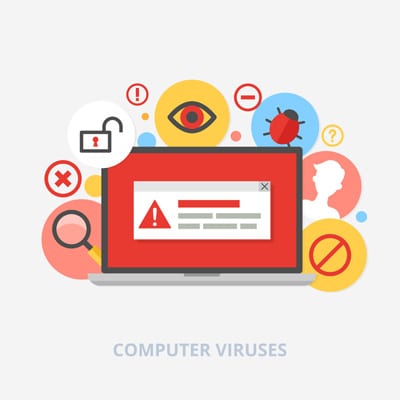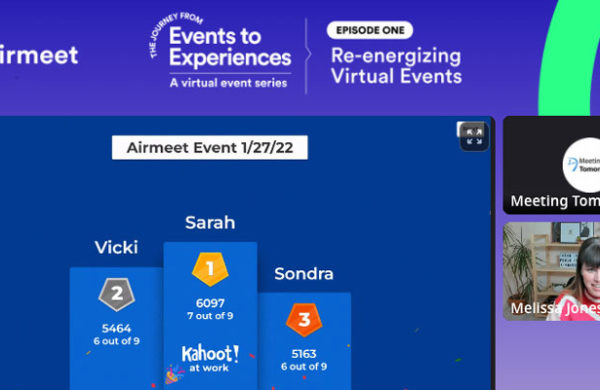
Computer viruses are programs that are downloaded and installed on a computer, sometimes with a user’s unwitting consent and sometimes secretly. Once your system is infected, viruses can destroy, corrupt, or erase your data. Some viruses send themselves to your contacts or disable your security programs. Trojans, worms, malware, adware, and spyware are often included with viruses and can be spread through the same methods, although they aren’t true viruses. Computer viruses can be spread from an infected computer to other computers through the internet, a network, a shared drive, or an infected piece of removable media such as a CD, DVD, or flash drive. Some viruses are spread through instant message or email clients: the program sends a link (“Check out this fun game!”) to everyone on the infected user’s buddy list, and repeats this process each time someone new clicks on the link.
Computer viruses in movies or TV shows can destroy the world. In your everyday life, they’re more likely to wreck your hard drive or personal files.
To be installed, a user has to open an email or attachment, or click on a link or image. Microsoft Windows does not have a strict built-in setting to alert users every time software is run or installed on the computer. Some symptoms of a virus: — The computer is slow, locks up, crashes often, or restarts by itself. Some viruses eat up more and more memory until the computer must restart itself in order to work again, similar to pulling over when your car overheats. — Drives, programs, or printers may be inaccessible, and programs may not open or run. — Antivirus programs are disabled, or impossible to install. — Menus may look odd or have modifications you did not make. — Unfamiliar icons or error messages appear on the screen. — Unidentified music or sounds are heard on the computer’s speakers. To prevent computer viruses that are installed from email attachments, do not open attachments unless you know who sent the message. If an email from someone you know looks unusual, don’t open it. Sometimes, messages will be “spoofed.” They have a valid and familiar recipient email address, but are actually sent from another email account. The Microsoft Malicious Software Removal Tool can be used to remove existing viruses from Windows systems. It’s also important to keep up with Windows updates and to use a firewall. Install antivirus software and keep it up to date. Read antivirus software reviews from TopTenReviews, C-net, and Consumer Search before making a choice. Some popular and effective antivirus software includes:
- McAfee
- Symantec
- AVG
- Kaspersky
- BitDefender
- Avast
- Panda Security
More information about computer viruses can be found at Microsoft, Virus Bulletin, Helsinki University Report, and Learn the Net. Find information about virus hoaxes from Vmyths and Snopes. The Symantec Threat Explorer and F-secure list current computer virus risks. For descriptions of individual computer viruses, check the following virus encyclopedias and libraries:
- AVG
- F-Secure Virus Info Center
- Proland
- Symantec AntiVirus Research Center
- Trend Micro
- Virus Bulletin
Meeting Tomorrow allows organizations and businesses nationwide to rent laptops, computers, projectors and screens, PA/sound equipment, microphones and more. We seek to make audiovisual technology accessible and easy to use for everyone.


